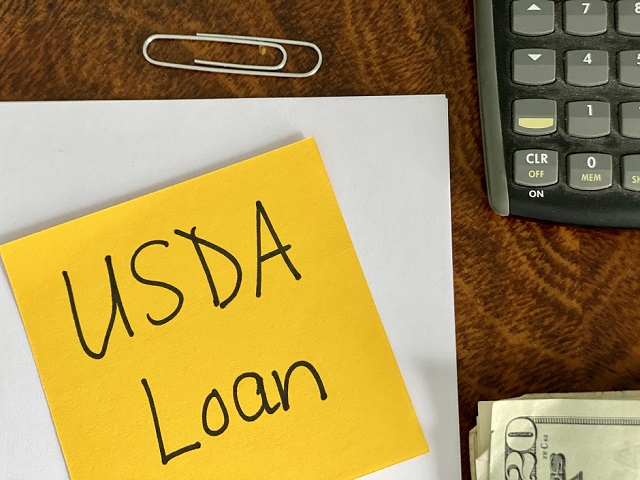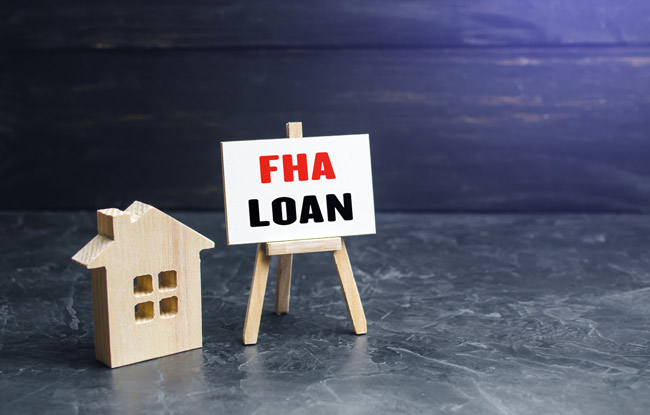6 Types of Mortgage Loans & What They Mean for Buyers
For most people, buying a home is a huge step and an exciting decision, but the mortgage process can be both confusing and overwhelming, especially if you’re a first-time buyer. Given that you’ll be paying your mortgage for several years, it’s essential to know how to choose the mortgage option that is best for you. Thankfully, many types of mortgages exist.
To help guide you through the process of purchasing your home, Maleno Real Estate has explained exactly what a mortgage is, created a list of the most popular mortgages, and determined what they may mean for you.
Note: The following content is for informational purposes only. It should not be construed as legal, financial, or investment advice. Please consult a qualified lending institution regarding what mortgage works best for you.
Types of Mortgages
A mortgage is a loan from a bank or other financial institution that helps a borrower purchase a home without having the cash upfront. It's also a legal agreement between the borrower and lender. This agreement requires the borrower to repay the money borrowed, plus an agreed-upon interest rate, in a specified number of years. The terms of a mortgage also give the lender the right to the property (collateral) if the borrower fails to repay the loan.
There are various types of mortgages to choose from, depending on the homebuyer’s needs. Some of them most common options include:

1. Fixed-Rate Mortgages
A fixed-rate mortgage is a loan with the same interest rate throughout the entire duration of the loan repayment period, which means that the rate will not increase or decrease despite changes in the market. Fixed-rate loans are best for individuals or families who want to know their exact payments each month, and for those who do not want their interest rates to fluctuate based on the market. Repayment terms can range anywhere from 10 to 30 years.
2. 5/1, 7/1, and 10/1 ARM Loan
An adjustable-rate mortgage (ARM) is a loan with a flexible interest rate, meaning that the home loan interest rate may experience periods of highs and lows. The initial interest rate for an ARM is below the market rate; however, it will rise as time goes on. Many people choose an ARM because it is often cheaper than a fixed-rate mortgage for the first 5 to 7 years. They also tend to allow first-time buyers to qualify for larger loan amounts without the need to refinance the mortgage later; this means that buyers will have a greater line of credit that will prevent them from taking out multiple loans. Thus, the need to refinance later on in the loan repayment period is eliminated.
ARMs are typically issued at 5, 7, and 10-year variable rates. For the first five years of a 5/1 ARM loan, the interest rate is lower than comparable fixed-rate mortgages; the rate will increase and decrease depending on the following year's market rates. The exact circumstances apply for the 7 and 10-year ARM loans. ARM loans are best for homeowners who plan on moving and those who are confident that they will be able to pay off their loan in just a few years.

3. VA Loan
A Veterans Affairs (VA) Loan is a mortgage loan guaranteed by the United States Department of Veterans Affairs and issued by private lenders. Veterans United defines a VA Loan as a “$0 down mortgage option available to Veterans, Service Members, and select military spouses.” For those who qualify, “$0 down” means that there is no required down payment upon purchasing a home, and buyers are not required to have a great credit score. What’s more, VA Loans have competitive interest rates, a lenient application process (the requirements are far less strict), and do not require you to purchase private mortgage insurance (PMI). PMI is a type of insurance that protects the lender or investor from losses if the buyer defaults on their mortgage loan.

4. USDA Loan
A United States Department of Agriculture (USDA) Loan is a mortgage loan reserved for those who want to purchase a home in a rural or suburban area. USDA Loans are approved and given in the same manner as VA Loans are. To qualify for a USDA Loan, you must:
- Live in the United States
- Be a U.S. citizen, non-citizen national, or qualifying immigrant
- Verify that your home address is in a rural or suburban area
- Ensure that your gross income is not more than 115% of the median income in your area
- Have a credit score of 640 or higher
USDA Loans, like VA Loans, do not require a down payment. However, a USDA loan requires an appraisal to ensure that the desired loan amount matches the home’s value.

5. FHA Loans
Federal Housing Administration (FHA) Loans are home loans issued by the United States Federal Housing Administration. These loans can only be issued and administered by FHA-approved lenders. To qualify for an FHA Loan, you must:
- Pay a 3.5% down payment if your FICO® score is at least 580
- Pay a 10% down payment if your FICO® score is between 500 and 579
- Purchase a MIP (Mortgage Insurance Premium)
- Have a debt-to-income ratio of < 43%
- Have proof of your primary residence
- Have a steady income and proof of employment
For first-time homeowners, an FHA Loan is considered a good investment due to lower down payments. What’s more, an FHA Loan prevents the borrower from losing the home or assets by paying the lender if the borrower defaults on their mortgage.

6. HELOC
A Home Equity Line of Credit (HELOC) is “is a line of credit secured by your home that gives you a revolving credit line to use for large expenses or to consolidate higher-interest rate debt on other loans such as credit cards.” To take advantage of this line of credit, you must already own a home. If the repayment amount of the mortgage loan remaining is lower than the home’s value, the sum (value of the home minus what remains of the mortgage loan) is the line of credit that the borrower may secure. Borrowers only pay interest on what they withdraw from the available credit line, and the interest rates vary. The line of credit is typically used to consolidate debt or make home improvements.
Moving with Maleno Real Estate
Mortgages can be tricky, but our team of professionals will see to it that you have all the information necessary to choose the option that’s best for you. Whether you're looking to buy your first home, move somewhere new, or flip a fixer-upper, Maleno Real Estate is here to help through every step of the way. Want to learn more about Erie's market, our current listings, or our custom building and design process? Contact us today!
Contributed by Matt Flowers
Contact Us for More Information





